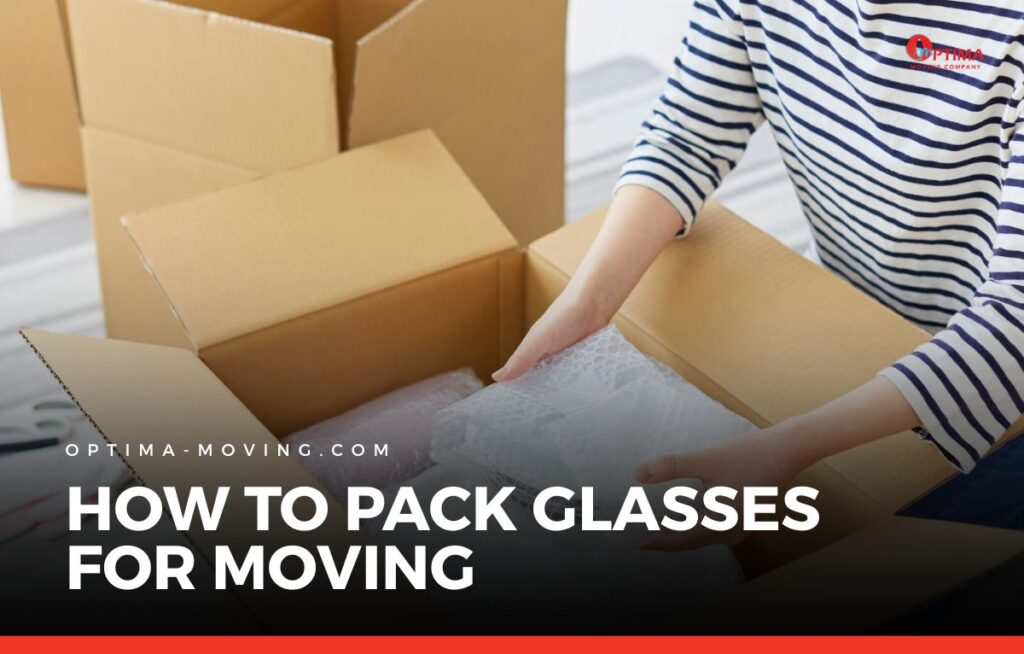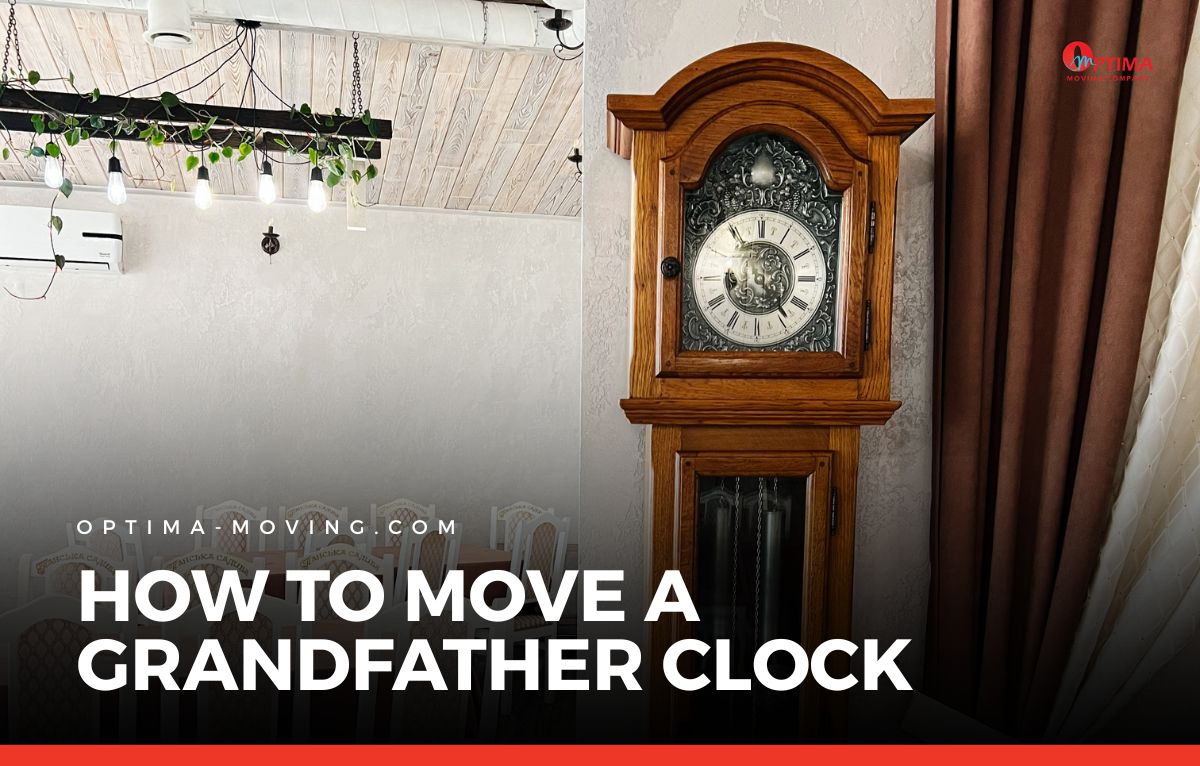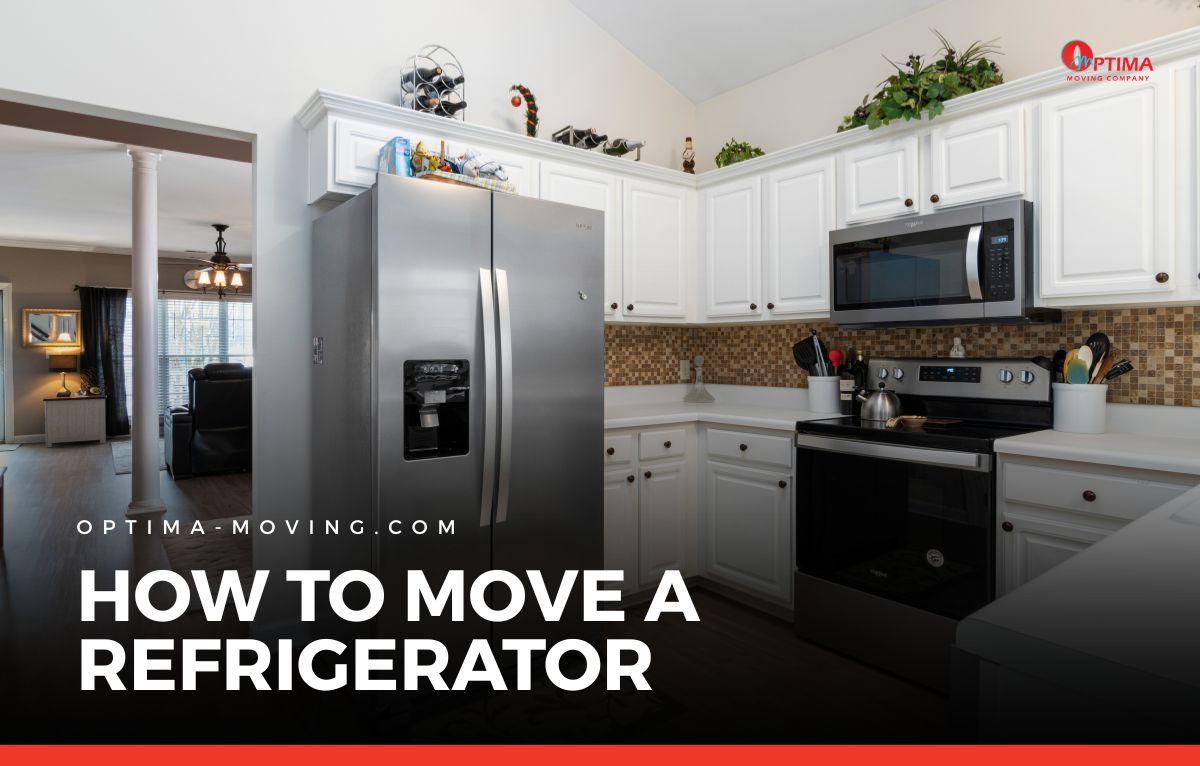Packing fragile items can be one of the most stressful parts of preparing for a move. Glasses in particular are at high risk of breaking if they are not handled properly.
Learning how to pack glasses for moving the right way can save you the headache of unwrapping chipped rims or shattered boxes when you arrive at your new home.
With the right supplies, techniques, and preparation, you can keep your glassware safe and make unpacking an easier process.
Start by Sorting and Preparing Your Glassware
Before you pull out the bubble wrap, take time to go through your cabinets. Pull out all of your glasses, mugs, and stemware and decide what you really want to bring with you.
Everyday tumblers are often inexpensive to replace, while heirloom or specialty glassware deserves extra protection.
By sorting ahead of time, you reduce the number of items to pack and give yourself more time to focus on the fragile pieces that matter most.
Once you’ve narrowed down your collection, clean and dry each item thoroughly. Packing glasses with moisture or residue inside can cause mildew, odors, or even slipping when unpacking.
A clean start also helps you organize better once everything is at your new home.
Gather the Right Packing Materials
Glasses require more support than most other kitchen items. To protect them, you’ll need sturdy boxes, bubble wrap, packing paper, tape, and dividers if possible.
Small to medium boxes are ideal, as they limit the weight and make carrying easier. Heavy boxes not only strain your back but also increase the chance of being dropped.
Bubble wrap is excellent for delicate glass, but packing paper has its place too. It creates a snug fit and prevents scratching.
Many movers recommend using both: paper for the initial wrap and bubble wrap for additional padding.
Dividers, often found in dish packs, can also be reused from wine or liquor store boxes to keep glasses separated.
Step-by-Step Wrapping Method
Here’s a reliable wrapping method that protects your glassware:
- Place the glass in the center of a sheet of packing paper.
- Tuck one corner inside the opening of the glass to fill the interior space.
- Roll the glass while wrapping the remaining corners tightly around it.
- Add a layer of bubble wrap over the paper for extra fragile pieces.
The idea is to create cushioning both inside and outside the glass. This reduces the risk of cracking from pressure or bumps along the way.
How to Pack Boxes Correctly
Once your glasses are wrapped, focus on how you arrange them inside the box. Start with a padded base made of crumpled paper or towels.
This first layer helps absorb shock if the box is set down roughly. Place heavier, sturdier glasses on the bottom layer and keep lighter, more delicate ones toward the top.
Each row should be snug but not forced. Fill gaps with extra paper to prevent movement. It’s tempting to save space by overfilling, but that often leads to broken items.
Instead, plan to use multiple boxes if needed. A lighter, well-padded box is always safer than a heavy, overloaded one.
When the box is full, add a final layer of padding on top before sealing. Tape the bottom and top seams securely, reinforcing corners for added strength. Label the box “Fragile” and indicate which side should face up.
This small step makes a big difference during loading and unloading.
Mistakes People Often Make
Packing glassware looks straightforward, but common errors cause most accidents. Here are frequent mistakes you’ll want to avoid:
- Using oversized boxes that leave too much room for shifting.
- Wrapping glasses loosely or skipping padding inside the glass.
- Stacking heavy mugs on top of delicate stemware.
- Leaving empty space at the top of the box.
By being mindful of these habits, you can cut down on preventable damage.
Moving Day Handling and Unpacking
How you treat your glass boxes on moving day matters just as much as the packing itself. Place boxes with glasses on top of heavier items in the truck.
They should never be at the bottom of a stack. If possible, wedge them between soft items like bedding or clothing to give extra stability during the ride.
When you arrive, resist the urge to rip everything open at once. Begin by unloading fragile boxes first so they don’t sit in unstable positions while you handle other furniture.
Take time unwrapping glasses carefully. Remove paper slowly instead of yanking it away to avoid knocking pieces together.
Extra Tips for Special Glassware
Everyday drinking glasses can usually survive with paper wrapping alone, but more fragile or valuable pieces call for additional steps.
For example, wine glasses with thin stems benefit from wrapping the stem separately before wrapping the full piece.
Large glass pitchers or vases should be cushioned with multiple layers of bubble wrap and ideally placed in individual boxes.
If you own antique or sentimental items, think about hand-carrying them instead of sending them in the moving truck.
This way, you control how they’re handled and avoid the risk of them being placed under heavier loads.
A Safe Finish
Learning how to pack glasses for moving takes some effort, but it pays off when you arrive and find everything intact.
With the right materials, careful wrapping, and smart loading, your glassware will make it safely from one kitchen cabinet to the next.
The time spent preparing now is far less frustrating than dealing with broken boxes later.
If you’d prefer professional help, Optima Moving offers packing services for glassware, dishes, and other fragile belongings.
Their trained team can secure even your most delicate items so you can focus on settling into your new home instead of worrying about damage.




